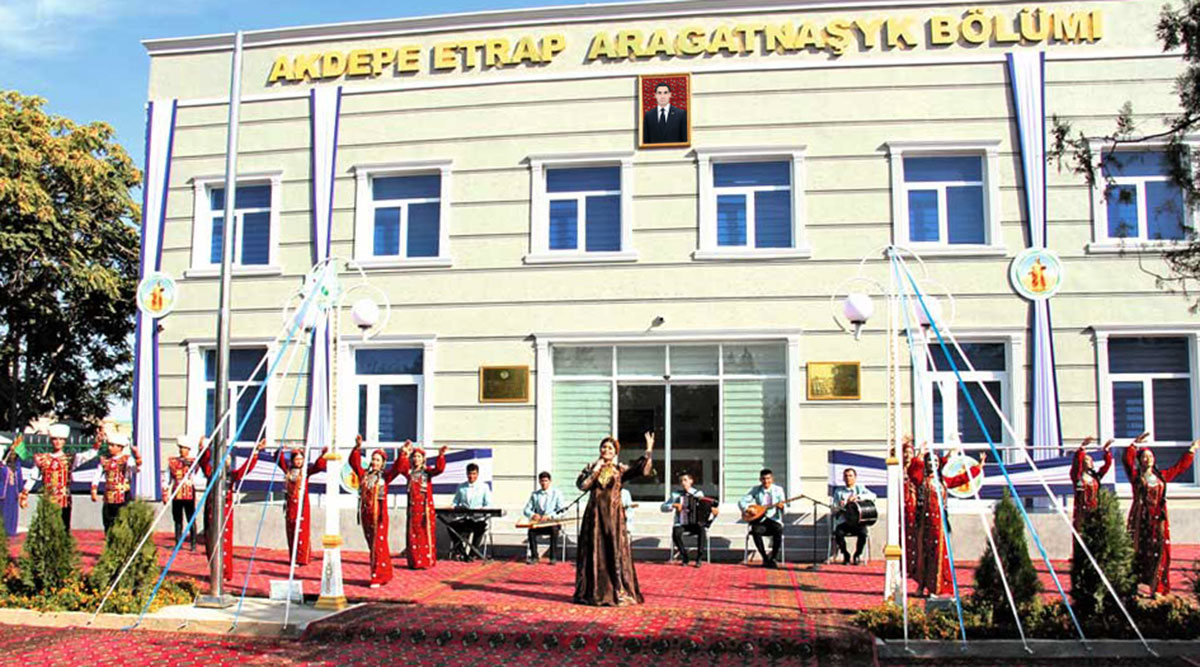Rare Red book species of white-headed duck, which was met on different parts, made pleasant surprise for us. The flock of 17,000 birds was accounted in open sea on the traverse of former Kafalja settlement while in there were only 1,300 birds in January 2010. Biggest number of these birds, 48,080 species, has been registered in Caspian region in February 1932 when Etrek River was flooded and the birds used to nest in intis valley on surrounding lakes and wetlands.
Therefore, initial calculation shows that winter counting, which is the 50th this year, will be held under the sign of specially protected birds – flamingos and white-headed ducks.
Wetlands of Caspian region, which according to Ramsar Convention also have an international status, became favourite resting and feeding place during migration, hibernation and summer stay.
Turkmenistan has joined Ramsar Convention in June 2009, having become the 159th country that undertook obligation to fulfil all provisions of this document. It seems that Turkmenistan is a country of sands, dunes and takyrs. However, in reality, around 20 percent of the territory of our country belong to water based territories while wetlands are their main component. Turkmenbashy Bay falls under the jurisdiction of Ramsar Convention. This territory received special protection status and management programme has been developed for it.






